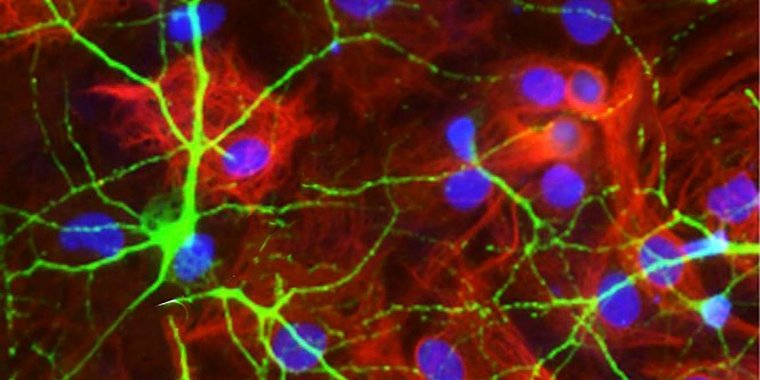| News / Science News |
Immune cells may heal bleeding brain after strokes
While immune cells called neutrophils are known to act as infantry in the body’s war on germs, a National Institutes of Health-funded study suggests they can act as medics as well.

Researchers studied how neutrophils may help protect the brain from damage caused by intracerebral hemorrhagic stroke. ![]()
By studying rodents, researchers showed that instead of attacking germs, some neutrophils may help heal the brain after an intracerebral hemorrhage, a form of stroke caused by ruptured blood vessels.
“Intracerebral hemorrhage is a damaging and often fatal form of stroke for which there are no effective medicines,” said Jaroslaw Aronowski, M.D., Ph.D., professor, department of neurology, at the University of Texas Health Science Center at Houston, and senior author of the study.
Decades of research suggest that neutrophils are some of the earliest immune cells to respond to a hemorrhage, and that they may both harm and heal the brain.
In this study, the researchers found that interleukin-27 (IL-27), a protein that controls the activity of immune cells, may shift the role of neutrophils from harming the brain to helping with recovery.
Neutrophils are born in bone marrow and carry chemicals in hundreds of densely filled packets called granules, which look like dark spots under a microscope.
Typically, when the body senses bacteria or an injury, neutrophils rush to the invasion site and release germ killing chemicals from the granules. This appears to happen minutes after a hemorrhagic stroke.
In this study, the researchers suggested that after a hemorrhagic stroke the brain secretes high levels of IL-27, which leads to a second wave of neutrophils arriving with granules filled with higher amounts of healing molecules. IL-27 levels were elevated in the brain and blood of the mice an hour after hemorrhages and stayed high for three days, peaking at 24 hours later.
Further experiments suggested that brain cells called microglia produced the IL-27 in response to the presence of red blood cells.
Once released, IL-27 molecules appeared to travel to the bones of the mice, infiltrated the marrow, and changed the role newborn neutrophils played in response to a stroke.
When the researchers extracted newborn neutrophils from the bones of mice and treated them with IL-27, the chemical raised the activity of genes associated with healing, especially lactoferrin, while reducing the activity of genes associated with killing cells. Conversely, treating mice with an IL-27 neutralizing antibody after a hemorrhage lowered lactoferrin gene activity.
The results suggested that IL-27 links the brain to the bones.
the researchers showed the iron binding protein lactoferrin may protect the brain from intracerebral hemorrhagic strokes. Mice and rats injected with lactoferrin 30 minutes after hemorrhages recovered faster and had reduced brain damage. (National Institutes of Health)
YOU MAY ALSO LIKE




